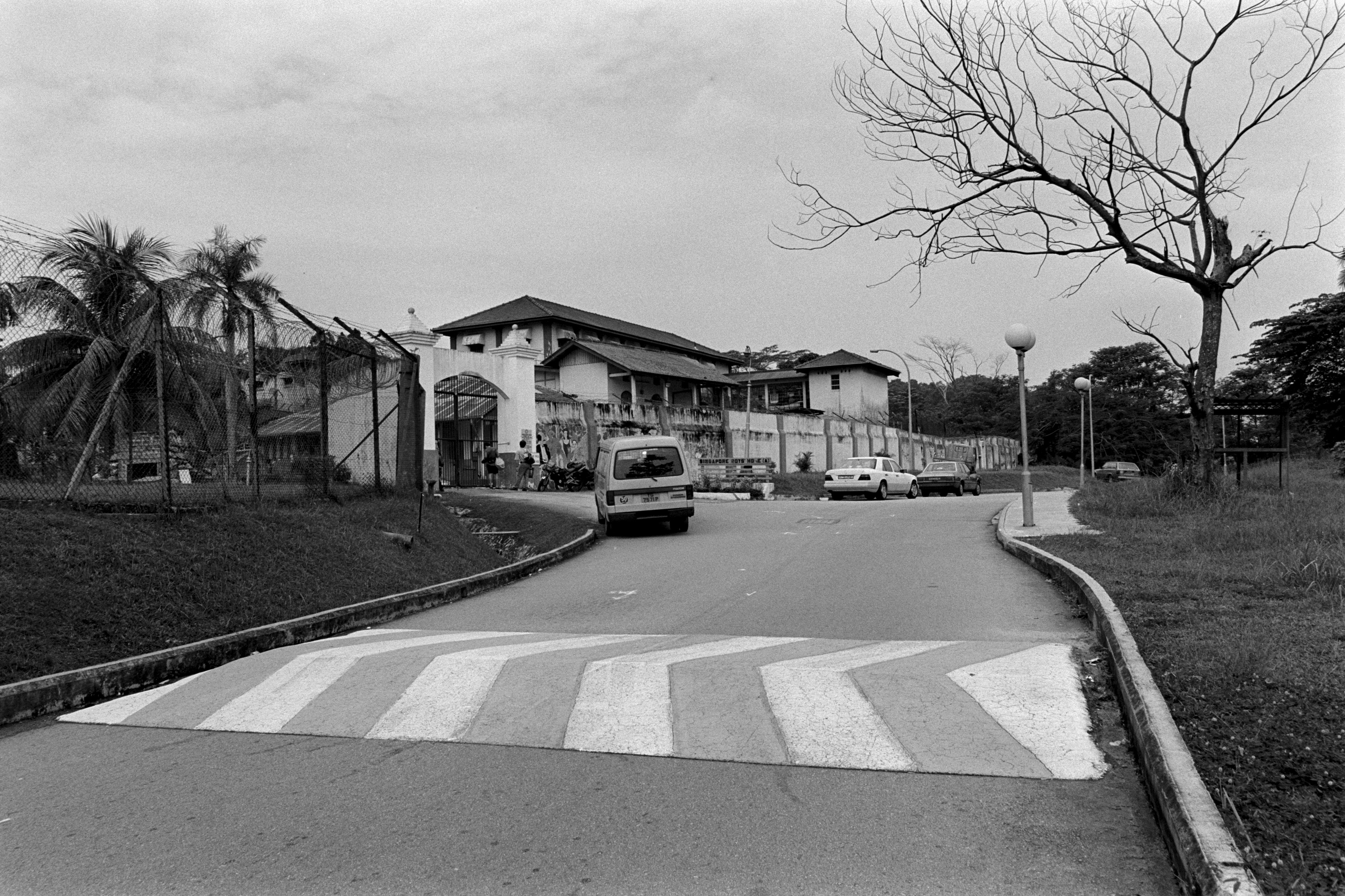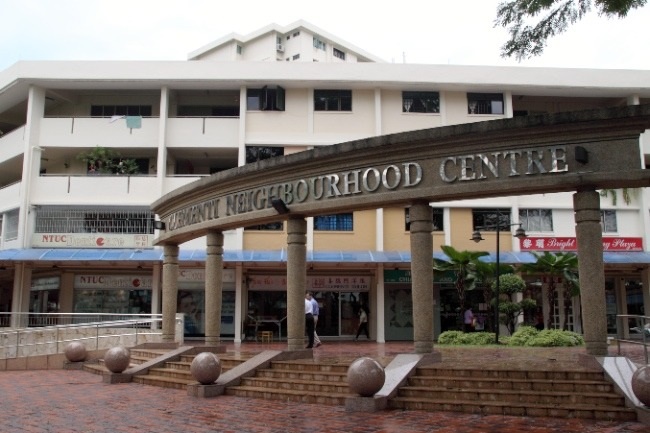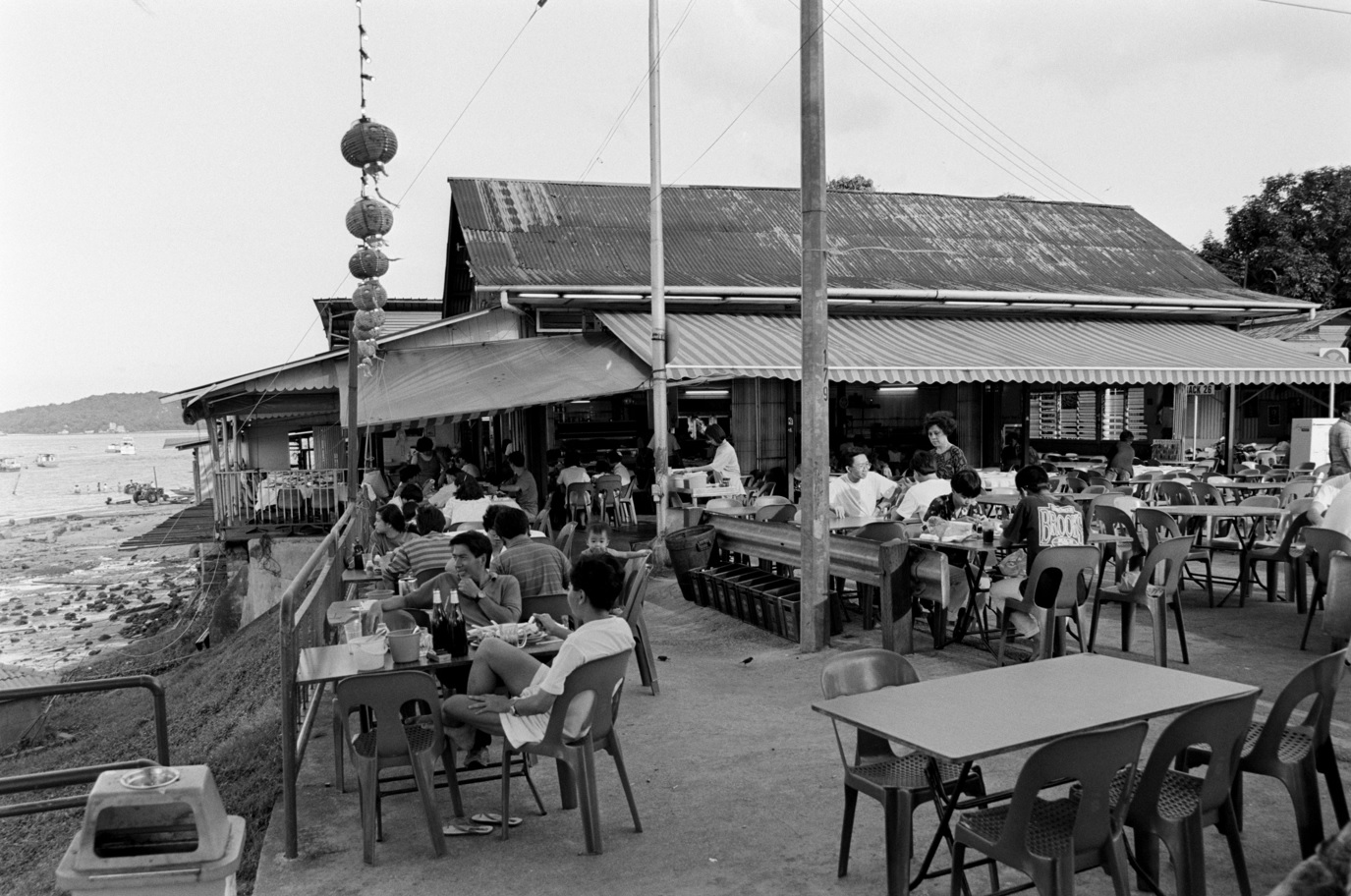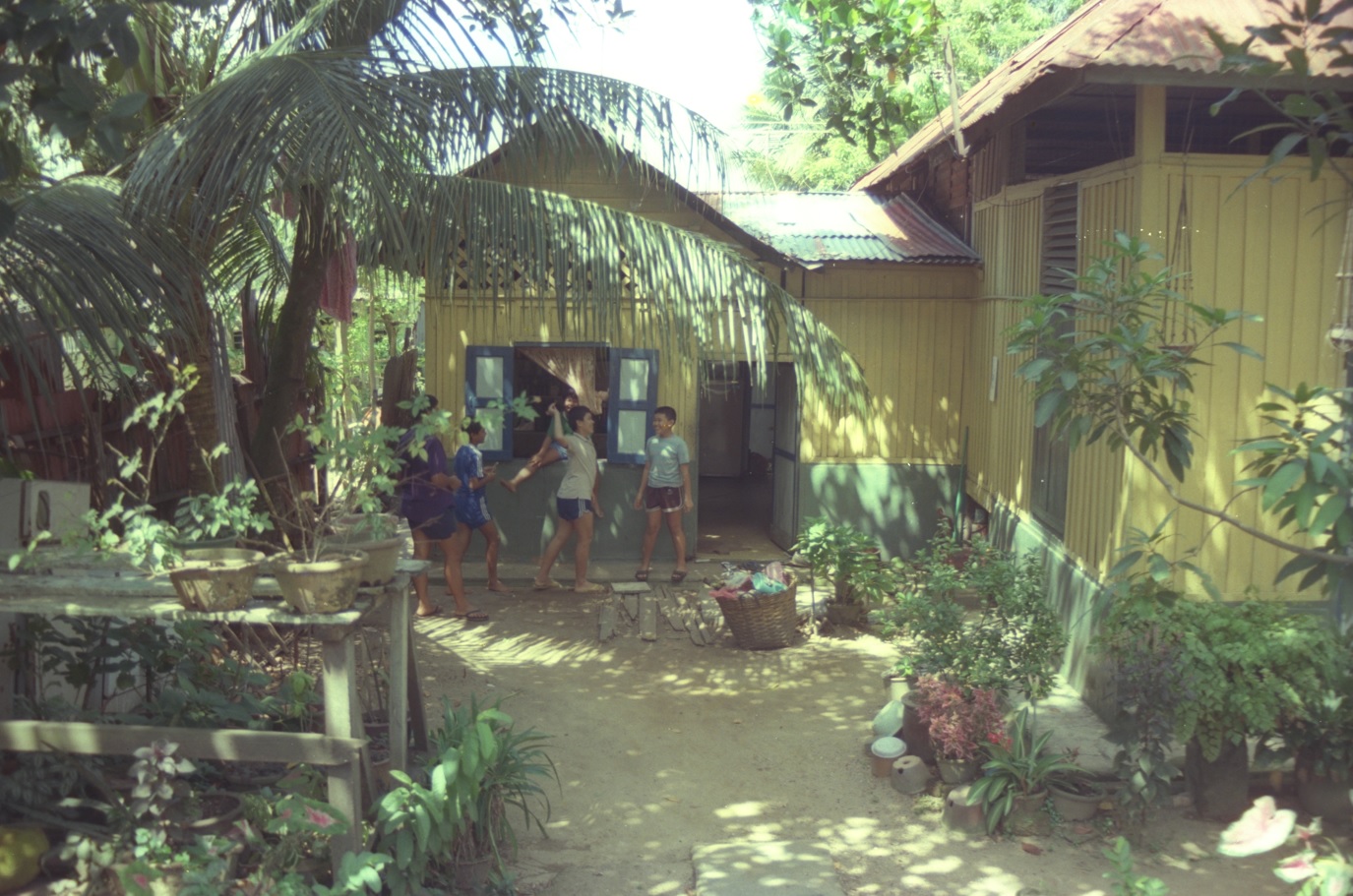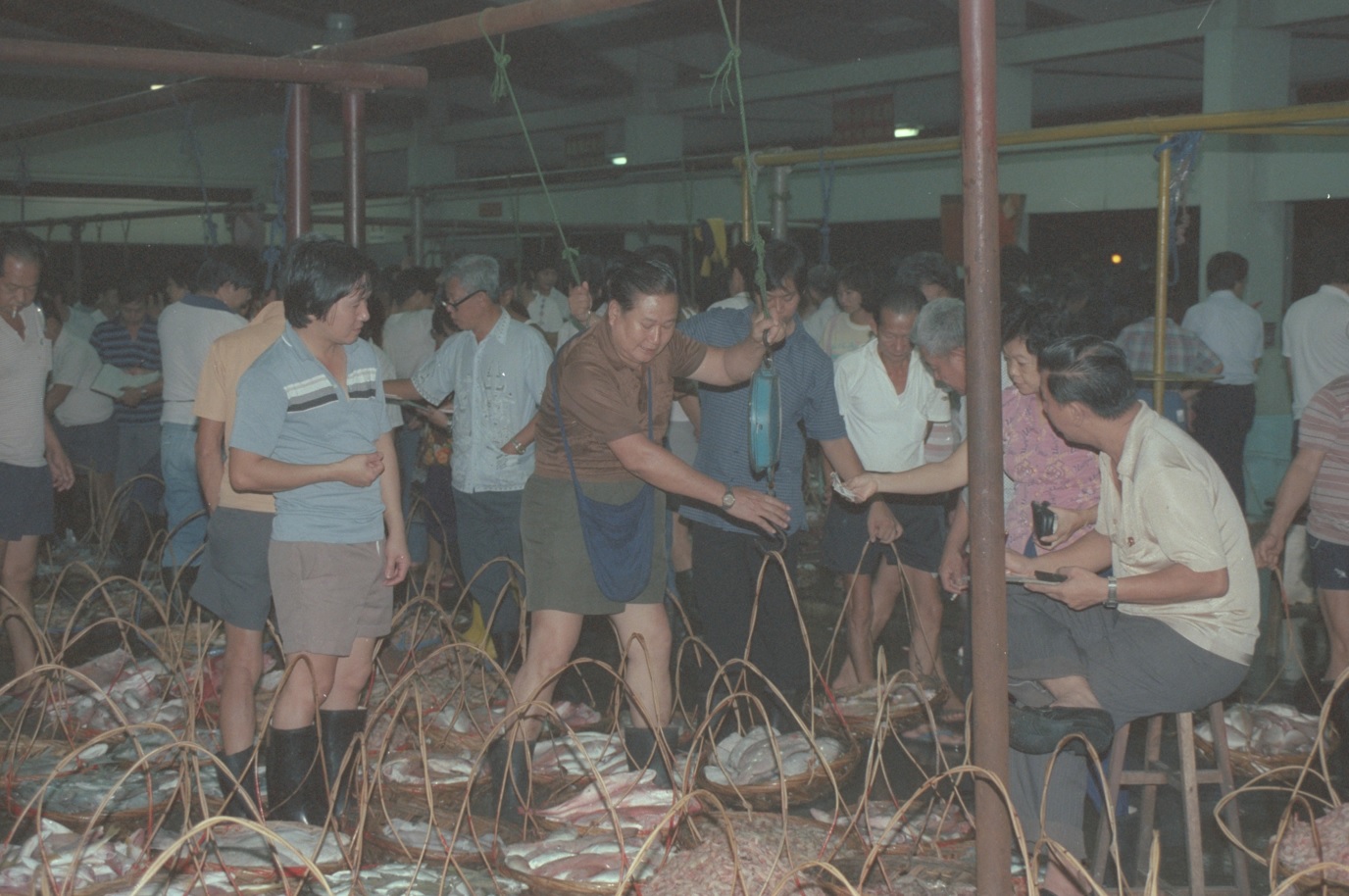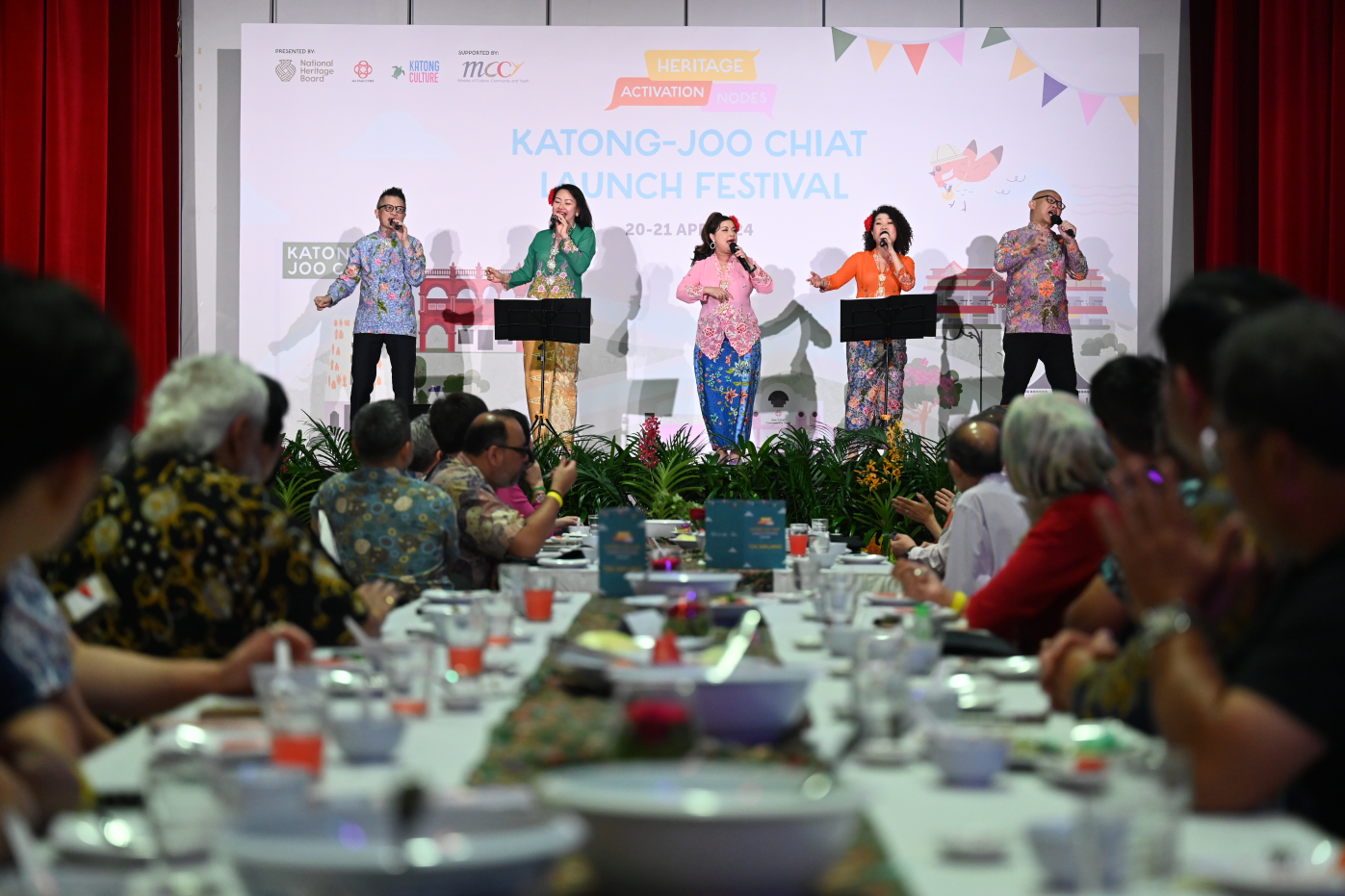Institutes of Higher Learning
The institutes of higher learning at Clementi have a rich history, with a roster of distinguished alumni.
-
Ngee Ann Polytechnic (originally Ngee Ann College) was established by the Ngee Ann Kongsi—a charitable welfare organization founded by Teochew merchant Seah Eu Chin—in 1963. As at 2020, NP has over 14,000 students enrolled in diploma courses such as Business and Accountancy, Design and Environment, Engineering, Film and Media Studies, Health Sciences, Humanities and Social Sciences, Infocomm Technology, as well as Life Sciences and Chemical Technology. Famous alumni include Sim Wong Hoo, founder of Creative Technology; Fandi Ahmad, Singapore national football player; and Royston Tan, Singaporean film-maker.
-
Singapore Polytechnic (SP) was established in October 1954 as Singapore’s first polytechnic and is located along Commonwealth Avenue West. As of 2018, SP has 10 schools: Architecture and the Built Environment; Business; Chemical and Life Sciences; Communication, Arts and Social Sciences; Design; Digital Media and Infocomm Technology; Electrical and Electronic Engineering; Mathematics and Science; Mechanical and Aeronautical Engineering; and the Singapore Maritime Academy. Famous alumni include Taufik Batisah, singer-songwriter and music producer, and Tanya Chua, singer-songwriter.
-
The Singapore University of Social Sciences (SUSS) located at Clementi Road was inaugurated in 2017 as an official autonomous university in Singapore under the Ministry of Education. As of 2023, SUSS has five schools: Humanities and Behavioural Sciences; Business; Human Development; Law; and Science and Technology. The university had its roots in SIM University (also known as UniSIM), a fully private university under the Singapore Institute of Management (SIM) which began operating in 2005.
-
The National University of Singapore (NUS) was officially established in 1980 through the merger of Nanyang University and the University of Singapore (which was formerly called the University of Malaya, and involved the merger of Raffles College and the King Edwards VII Medical College). Its Kent Ridge and University Town campuses, which are both located partially along Clementi Road, were developed in several phases. NUS has 16 colleges, faculties, and schools. According to the Quacquarelli Symonds (QS) World University rankings, NUS was ranked 8th globally in 2024. Famous alumni include Singaporean Presidents Dr. Benjamin Sheares, S. R. Nathan, and Dr. Tony Tan Keng Yam; Singaporean Prime Minister Goh Chok Tong and Malaysian Prime Minister Mahathir Mohamad.
Students at the library of the Ngee Ann Polytechnic. Ministry of Information and the Arts Collection, courtesy of National Archives of Singapore. View this image here.
Schools
There are several schools in the Clementi district that have a rich history:
-
Nan Hua High School was originally established as Nan Hwa Girls’ School at Coleman Street in 1917. In 1921, the school operated two campuses, one at Adis Road and one at Bencoolen Street. The school closed during World War II and reopened in 1945. In 1957 it was renamed Nan Hwa Girls’ High and the school relocated to the Clementi district in 1982. In 1984 it became a co-ed school and was renamed Nan Hua Secondary School. The school moved to its current premises in 2004 and became Nan Hua high School in 2006.
-
New Town Secondary School was founded in 1965 and was one of the first schools in Singapore to provide bilingual education to its students. It was relocated from Queenstown to its Dover premises in 2000. Tanglin Secondary School, which was established in Queenstown in 1964 and moved to Clementi in 1993, merged with Clementi Woods Secondary School in 2016. Tanglin Secondary School was then merged with New Town Secondary School in 2023 due to low student numbers.
-
Pei Tong Primary School began as Pei Tong Public School in the village of “Little Pandan,” located off Clementi Road, and was officially registered in 1948. It then moved to Sunset Grove in 1972, and then to Clementi Ave 5 in 1981, where it was renamed Pei Tong Primary School.
-
There are several schools that cater to the Japanese diaspora in the region, located along Clementi Road and West Coast Road. This includes the Japanese kindergarten, the Japanese School (which offers primary and secondary school level education), and Waseda Shibuya Senior High School, which was initially established in 1991 as Shibuya Makuhari Senior High School.
About National Library Board
The National Library Board (NLB) nurtures Readers for Life, Learning Communities and a Knowledgeable Nation by promoting reading, learning and history through its network of 28 libraries, the National Library and the National Archives of Singapore. NLB also forges strategic partnerships that encourage awareness, appreciation and greater discovery of Singapore’s history through its rich collections on Singapore and the region.




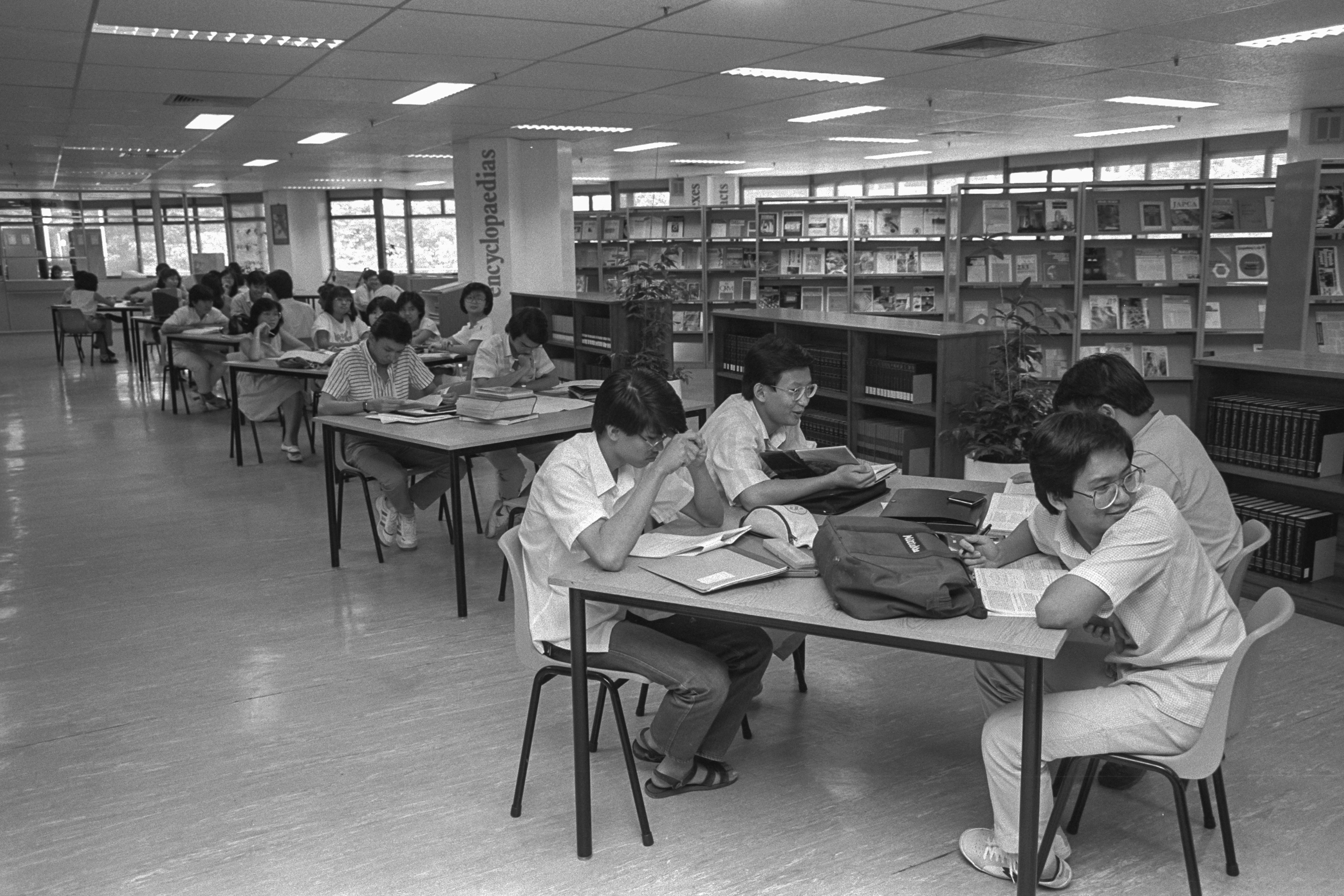
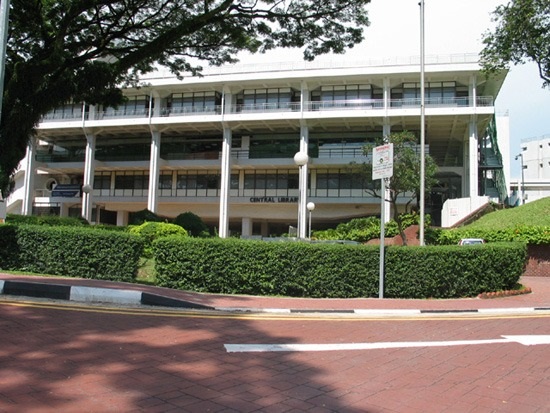

.ashx)

